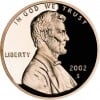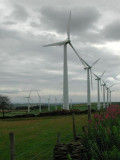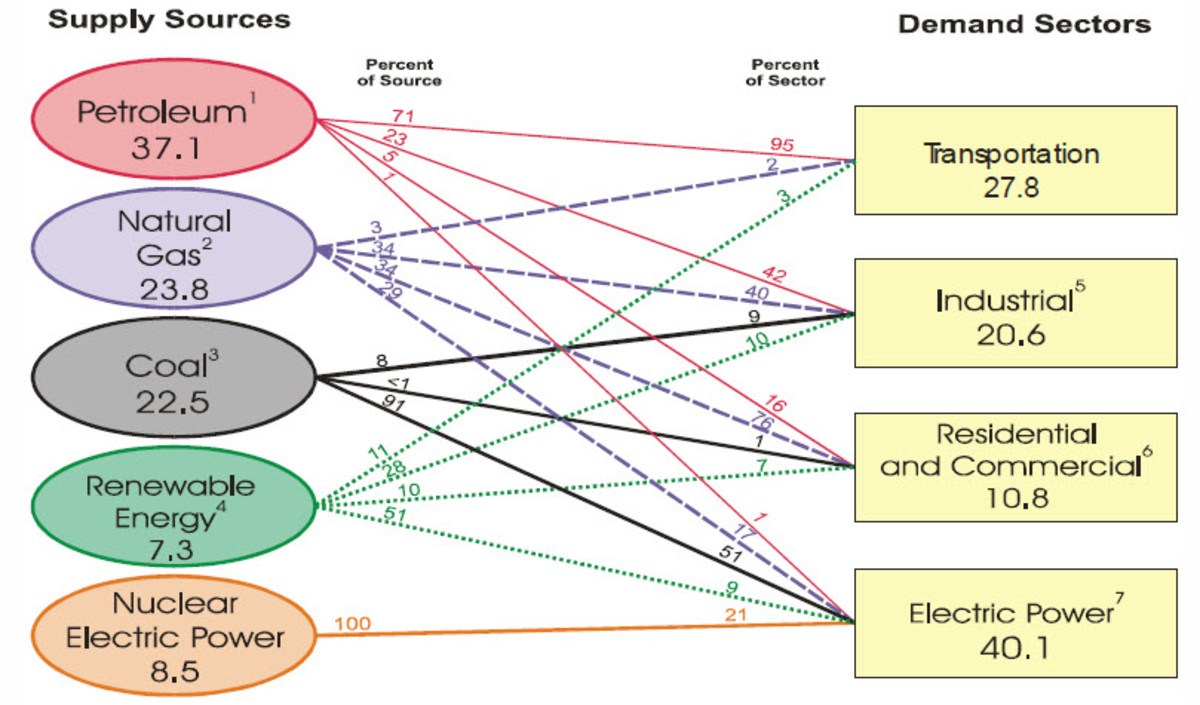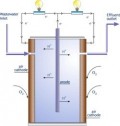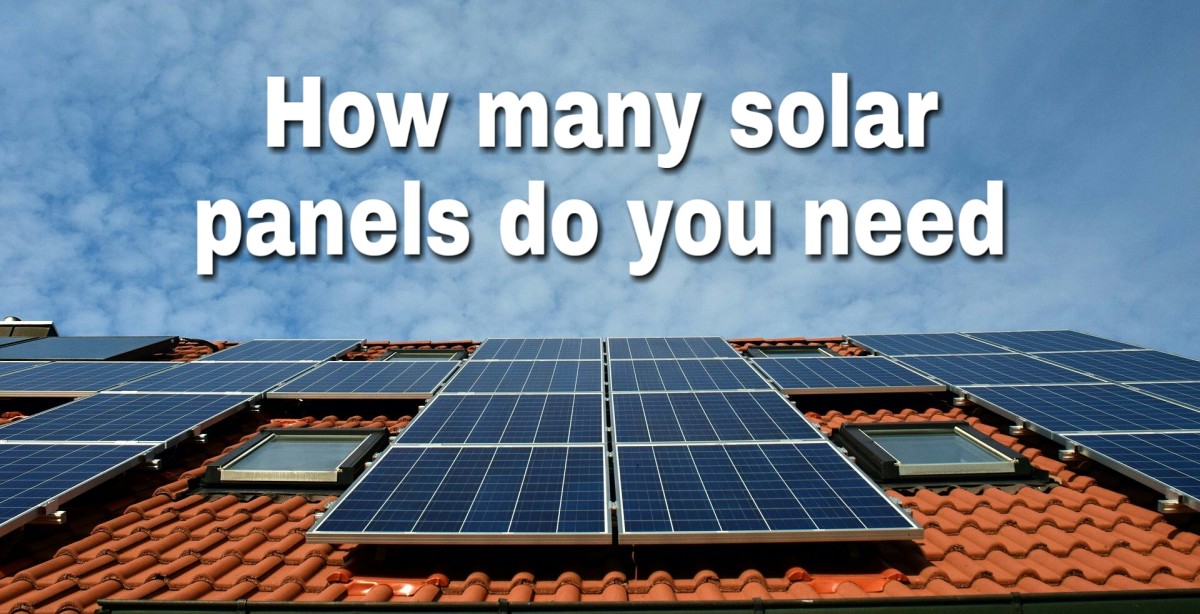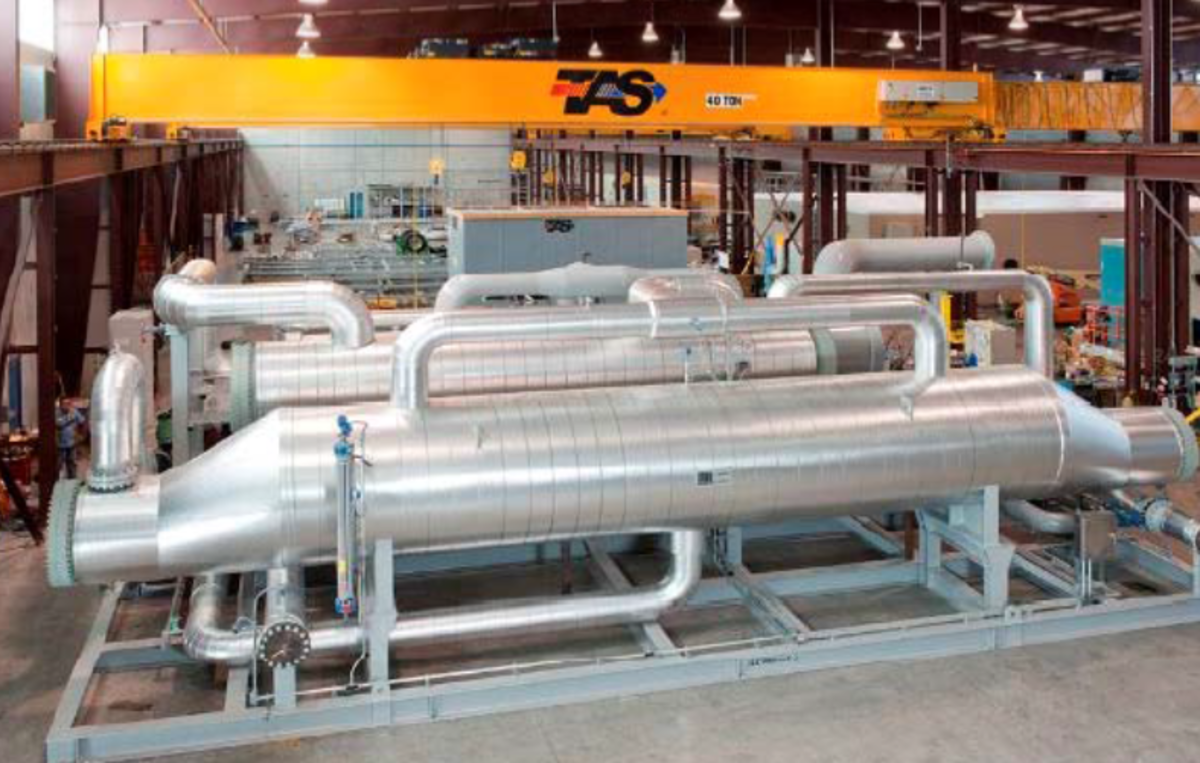How to Produce Wind Energy
As the human population and the industry grow bigger the need for energy grows bigger. The conventional ways of producing energy (burning fossil fuels to produce energy) harms the environment and as we are running out of fossil fuels, now we have to find ways of producing energy from renewable energy sources.
One of the oldest methods of benefiting from renewable energy sources is "Wind Power". Windmills have been used for centuries for grinding flour or pumping water to agricultural terrains. In the last century the same basic concept of windmills have been adapted to "Wind Turbines", for producing electrical energy. Now we use bigger, lighter and more efficient Wind Turbines instead of Windmills.
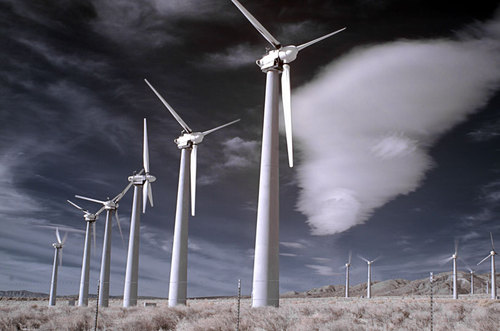
To understand the concept of producing electrical energy from wind, we have to understand the basic concepts first. The wind turbines capture the kinetic energy of wind and convert it to electrical energy. The crucial elements of a wind turbine are as follows:
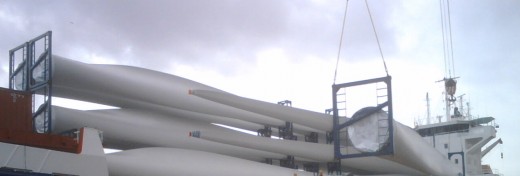
Blades
Turbine blades are designed with a special aerodynamic design which converts the approaching wind to a rotational motion at the shaft. The blades are made from fiber material with strong and light material characteristics. The blades are the most important part of the wind turbines because they are the most decisive factor of turbine efficiency. The blade length can go up to 45 mt.
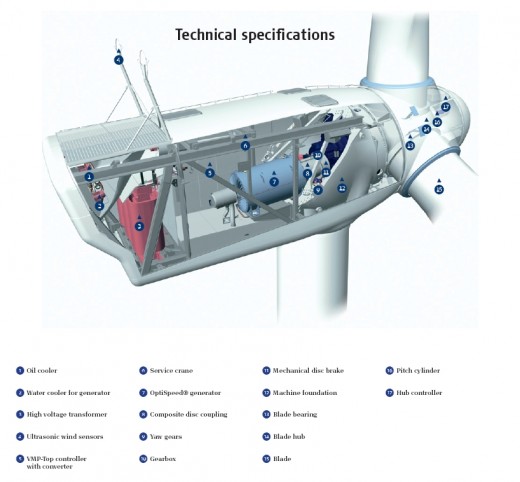
Nacelle
A turbine nacelle is the box shaped part standing on top of turbine tower. Nacelle holds the blades which are connected to the hub of the nacelle and has all the crucial elements for converting the kinetic energy captured by the blades to electrical energy. Nacelle holds a main shaft connected to blades and the main shaft enters a gearbox which regulates the motion of the shaft. There is a generator behind the gearbox and the generator produces electrical energy from the rotational motion of the shaft. The produced low voltage electricity (400V-690V) is given to a transformer and converted to medium voltage(20kV-34.5kV).
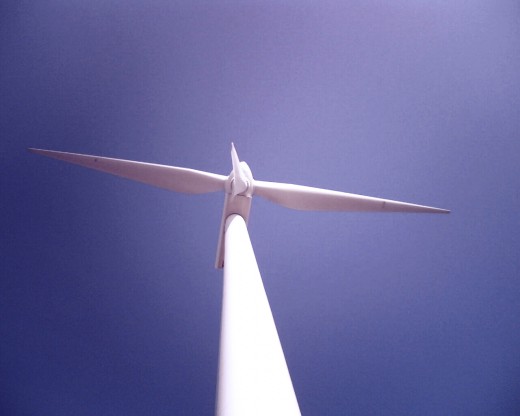
Tower
The nacelle is placed over a steel tower. The tower can be tubular steel or lattice tower depending on design. The tower height is selected according to the wind quality at the selected area. As the wind speed gets higher at higher altitudes, higher towers are needed if the wind speed is low. The tower can be as high as 70-90 meters.
